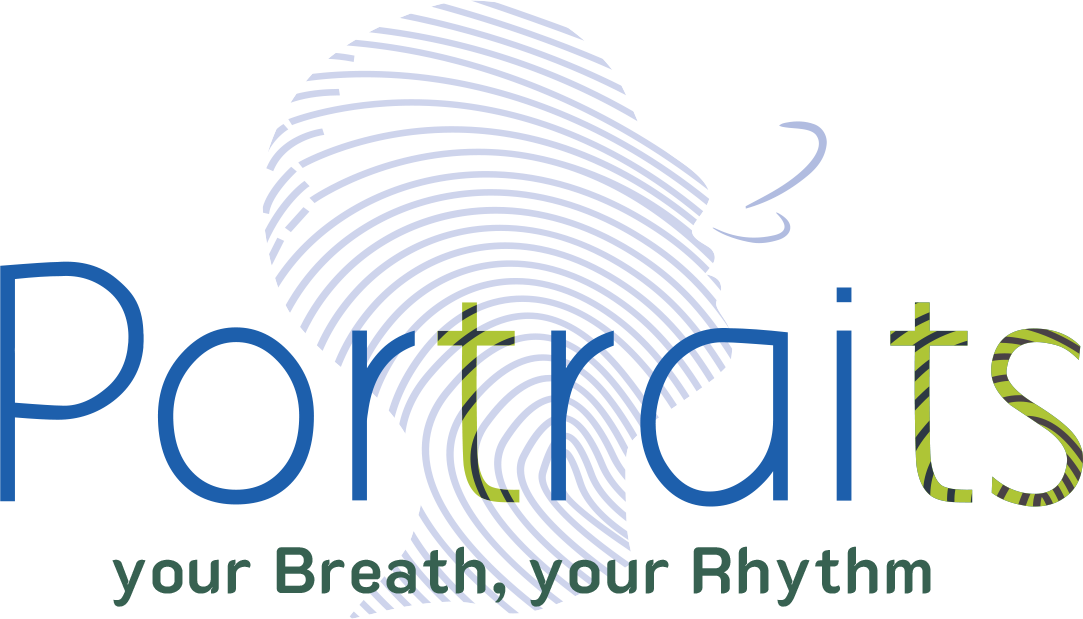Module IV: Advancements in precision medicine and AI for treatable traits in other lung diseases
Introduction
Module IV consist in five lectures that total approximately 100 minutes. At the conclusion of the module, you will have the opportunity to complete a questionnaire in order to download your UEMS certificate. Please note that it is necessary to watch all videos in their entirety to qualify for your certificate.
Summary
Welcome to Module IV of our e-course, “PORTRAITS: Your Breath, Your Rhythm.”
In this session, we explore lung health advancements at the intersection of precision medicine and artificial intelligence, focusing on interstitial lung diseases and chronic respiratory conditions.
As respiratory medicine evolves, understanding treatable traits becomes crucial. Expert L. Richeldi from Italy will present a precision medicine approach to individual patient needs, leading into S. Aliberti’s keynote on real-world evidence for bronchiectasis and its implications for clinical practice.
Additionally, N. Roche and S. Aliberti will share insights on artificial intelligence’s role in chronic respiratory diseases, showcasing technology’s impact on diagnosis and treatment.
Blasi will also guide us through the pathophysiology to treatment innovations in infections and respiratory diseases.
Get ready for an enlightening experience filled with fresh perspectives and practical insights, as we advance lung health through science!
Enjoy Module I and don’t forget to challenge you with the Final Scientific Questionnaire
